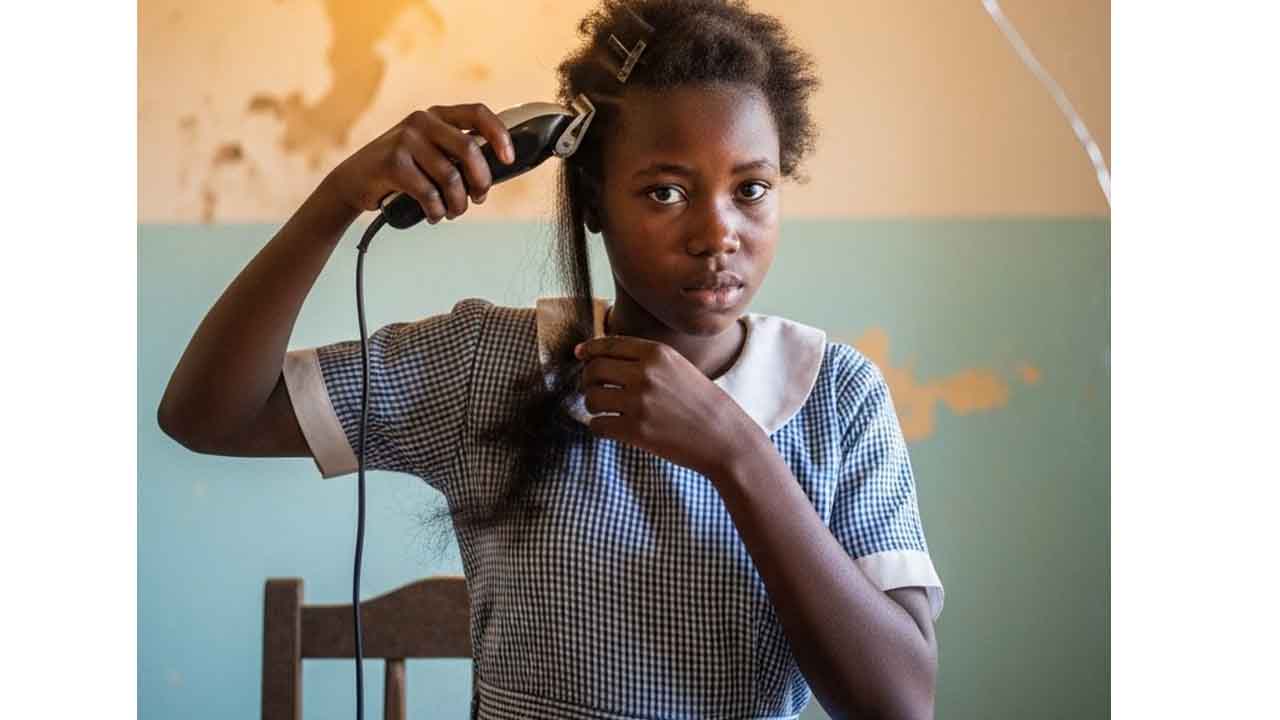In Ghana, a growing debate is sweeping across classrooms, staff rooms, and homes: Should schoolgirls be allowed to cut their hair? For decades, many schools—especially mission and government institutions—have enforced a policy requiring girls to keep their hair natural and uncut, often as a symbol of neatness and discipline. Yet in modern times, as conversations about gender equality and individual freedom deepen, the rule deserves to be revisited.
Allowing schoolgirls to cut their hair is not a matter of rebellion—it is a matter of practicality, fairness, and well-being.
1. Hygiene and Health
Ghana’s warm and humid climate makes hair maintenance, especially for young girls with thick natural hair, a daily challenge. Sweat, dust, and the lack of access to proper hair care products in some communities can make long hair unhygienic. Many students end up with scalp infections, dandruff, or lice simply because they cannot afford frequent salon visits or hair treatments.
Cutting the hair short can help reduce these issues. It promotes cleanliness, prevents infections, and ensures that girls focus more on their studies than on the struggles of maintaining elaborate hairstyles.
2. Time and Focus on Education
For many young girls, preparing their hair for school can take hours every week. Braiding, washing, and styling consume time that could otherwise be spent studying, resting, or engaging in extracurricular activities.
Boys, on the other hand, are rarely burdened by such routines. They often keep their hair short, simple, and manageable. Allowing girls the same option creates a more level playing field—removing unnecessary distractions and helping them channel their energy where it truly matters: education.
3. Promoting Equality and Freedom of Choice
At the heart of this debate lies a bigger question: Why should girls be treated differently from boys when it comes to hair? Hair policies that restrict girls from cutting their hair often stem from outdated social expectations about femininity, beauty, or tradition.
But in today’s Ghana—where women are leaders, innovators, and changemakers—girls should have the right to choose what is best for them. Enforcing hair length as a measure of discipline or morality is not only unfair but also reinforces gender stereotypes that have no place in a modern educational system.
4. Reducing Financial Burdens on Families
For many parents, especially in low-income households, the cost of maintaining a daughter’s hair can be significant. From buying hair products to paying for salon services, the expenses add up. Allowing girls to cut their hair short helps families save money that can instead go toward school supplies, books, or uniforms.
Education should empower—not financially burden—families.
5. Confidence, Identity, and Self-Expression
Hair can be a powerful form of self-expression, and every girl’s relationship with her hair is unique. Some feel more confident with long braids, others with short natural cuts. Schools should nurture individuality rather than suppress it. When girls are free to decide what works for them, they develop a stronger sense of confidence and identity—qualities essential for leadership and self-worth.
What Happens When Girls Are Not Allowed to Cut Their Hair
When schools rigidly enforce hair length rules, the effects go beyond appearance.
- Discipline turns into discrimination: Girls are sometimes punished or humiliated for cutting their hair, even when it’s for medical, financial, or personal reasons.
- Loss of self-esteem: Being told how to look or what is “acceptable” can damage a young girl’s confidence.
- Unequal treatment: Boys enjoy hair freedom while girls are restricted, reinforcing gender inequality.
- Health risks: Poor hair hygiene due to strict no-cut rules can lead to scalp diseases and discomfort.





